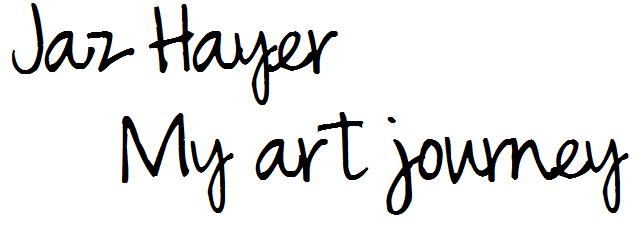Yesterday at lunchtime I went back to check my camera to see if it was still there, and how many photograph's had been taken. I was really pleased because it was still there and all of the exposures had been used!
I've had the photo's developed and they have turned out really well!
I'm really pleased with the quality of the photo's. Considering they were taken using a disposable camera from the pound shop, they're not half bad at all! I like the way that the photo's are not pristine and untouched/manipulated in terms of finish. I think that this really adds to the concept and process of what I am doing and placing an onus on the public to co-create the work within a given context. Why should the images be manipulated to make them look of a better quality? Would this have ethical connotations? E.g. they are not my photographs so would it be acceptable for me to manipulate them and then claim them as my own?
Thank you to all those who participated! You have created brilliant responses to my experiment! :-)
Would I get different responses documented on film if cameras were placed in different locations?
I think that the next step is for me to now to try and work out how I can develop the concept of participatory art further, and get the public thinking and exploring a question, or responding to a task









































